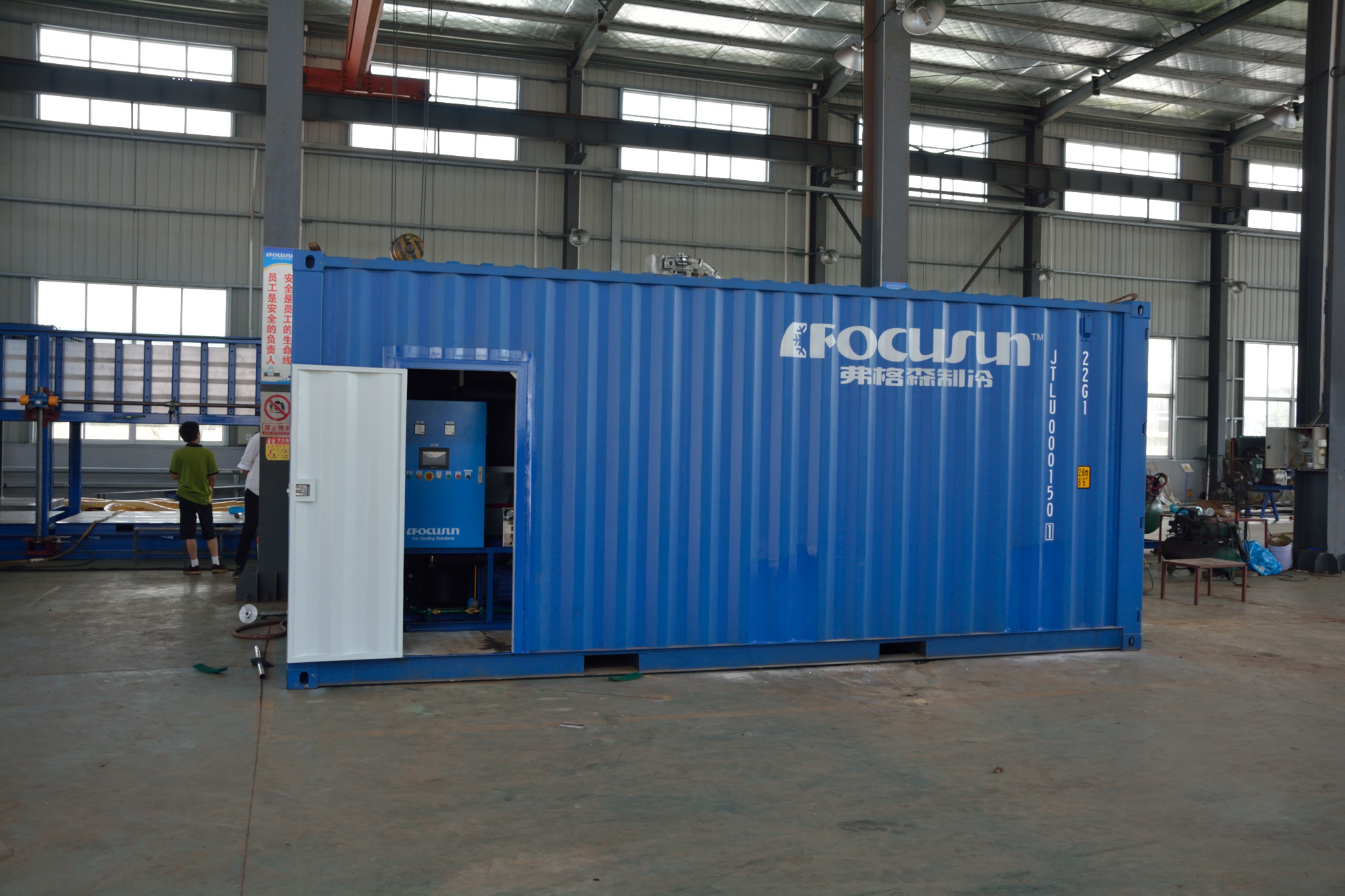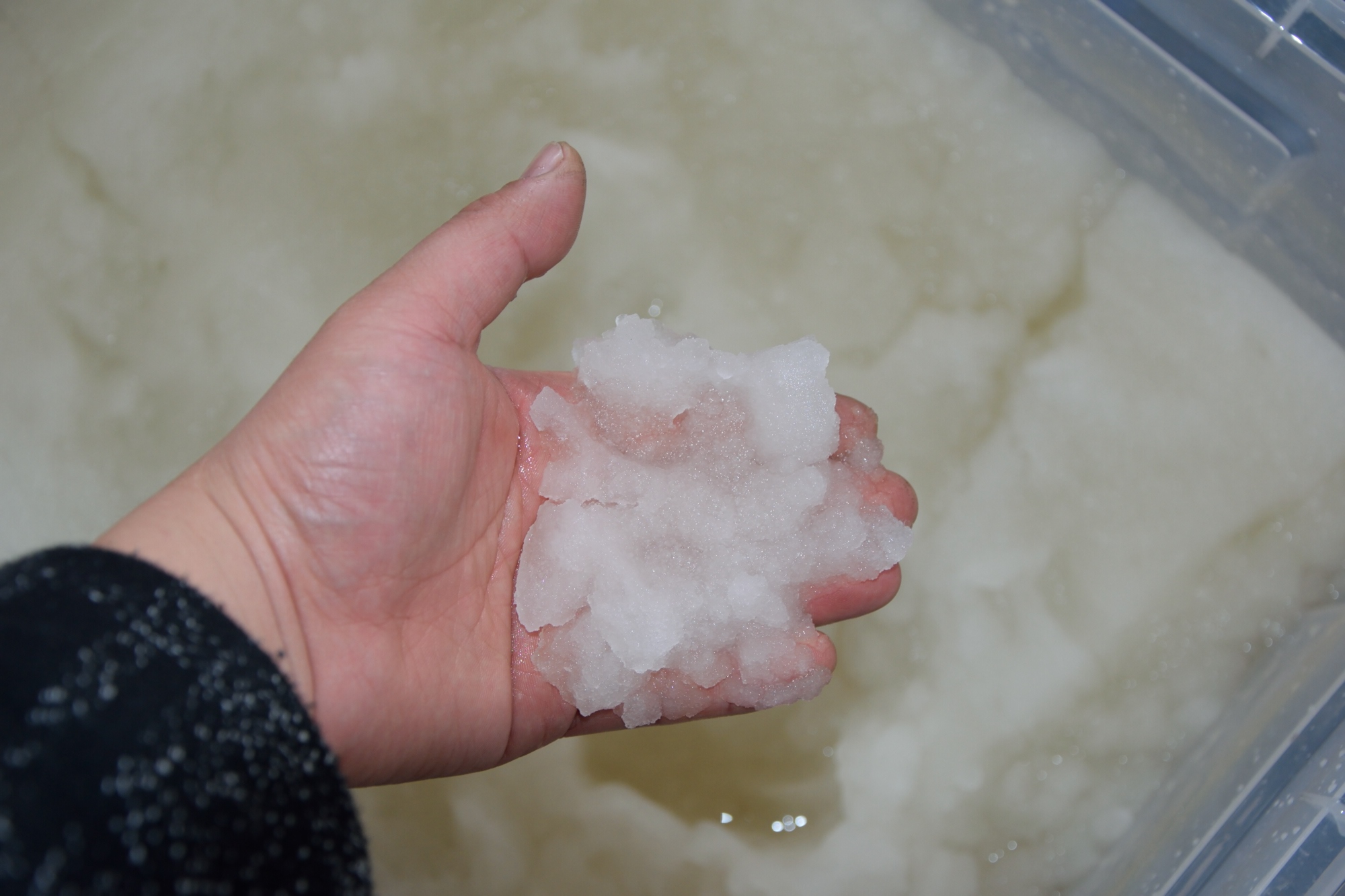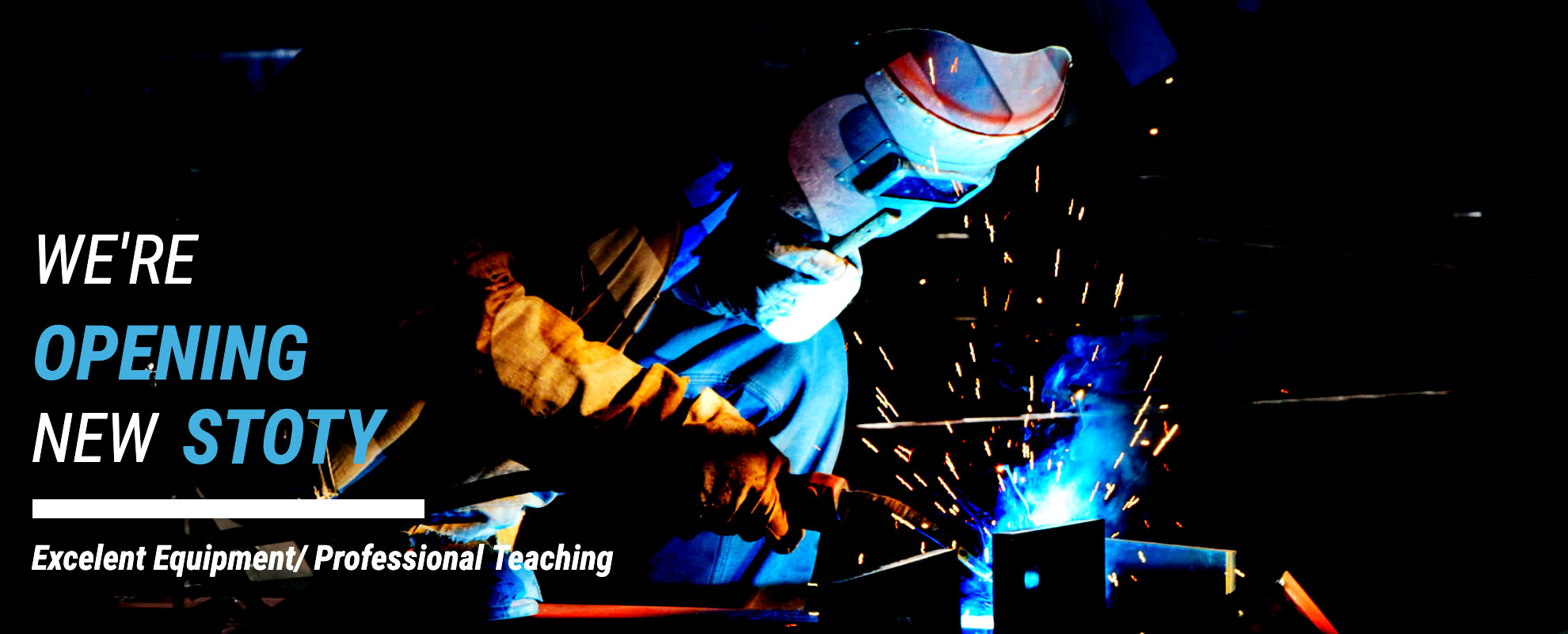Slurry ice machines are revolutionary ice-making devices that combine water and ice to create a flowable ice slurry, significantly enhancing cooling efficiency and effectiveness. As modern industries increasingly demand food safety and preservation technologies, the application of slurry ice machines has become widespread, particularly in sectors such as seafood and food processing. This article will provide a detailed introduction to the working principles, advantages, application fields, and future development trends of slurry ice machines.
The basic working principle of a slurry ice machine involves advanced refrigeration technology that rapidly cools water to form an ice slurry. During this process, the mixture of water and ice coexists in both liquid and solid forms, allowing the machine to precisely control the concentration and temperature of the ice slurry.
Slurry ice machines typically use compression refrigeration technology, which quickly lowers the water temperature. The refrigerant circulates through the system under the action of a compressor, rapidly removing heat from the water to bring its temperature below freezing. Under suitable conditions, water molecules crystallize to form small ice particles, creating a flowing ice slurry mixed with unfrozen water.
Slurry ice machines are equipped with intelligent control systems that can monitor and adjust various parameters during the ice-making process in real-time. Users can set the desired ice production rate based on actual needs, and the system automatically regulates refrigeration efficiency to achieve optimal production conditions. This integration not only enhances production efficiency but also reduces energy consumption, supporting sustainable development for businesses.

Slurry ice has several notable advantages compared to traditional ice blocks, especially in terms of cooling efficiency and application flexibility.
The flowability of slurry ice allows it to tightly envelop the objects being cooled, ensuring rapid heat transfer. This characteristic makes slurry ice particularly advantageous in industries where strict temperature control is essential, such as food processing and pharmaceuticals.
The concentration of slurry ice can be adjusted according to specific needs, allowing users to choose the appropriate concentration for different application scenarios. This flexibility means that slurry ice can be used not only for food cooling but also in other fields such as chemical reactions and medical transport.
Slurry ice can extend the shelf life of food products, especially fresh fish and seafood. By effectively lowering the surface temperature of food items, slurry ice inhibits bacterial growth, thereby minimizing food loss during transportation and storage.

The application fields of slurry ice machines are extensive and primarily include the following areas:
In the seafood industry, slurry ice machines are widely used for the cooling and storage of fresh fish and seafood. The ability of slurry ice to tightly wrap around the fish ensures even cooling, preventing the localized overcooling or overheating that can occur with traditional ice blocks, thus effectively preserving the quality of aquatic products.
Slurry ice plays a crucial role in food processing. During the processing of meat, dairy products, and fruits, slurry ice rapidly lowers the temperature of raw materials, maintaining freshness and ensuring hygiene and safety during processing.
The application of slurry ice machines in the medical industry is increasing, especially for the transportation of pharmaceuticals and biological products. Slurry ice provides a stable temperature environment for products requiring cold chain logistics, ensuring their efficacy and safety.
In chemical reactions, temperature control is a key factor. Slurry ice can serve as a cooling agent, helping to regulate reaction temperatures, improve reaction efficiency, and reduce the generation of by-products.

As technology continues to advance and industrial demands evolve, the future of slurry ice machines looks promising. Here are some key development trends:
With the rise of IoT technologies, slurry ice machines will trend toward greater intelligence and automation. Future machines will be capable of remote monitoring and data analysis through cloud platforms, further enhancing production efficiency and ease of equipment maintenance.
As environmental awareness increases, the design and manufacturing of slurry ice machines will focus more on energy efficiency and sustainability. Utilizing new high-efficiency refrigerants and optimizing refrigeration systems will help reduce energy consumption and environmental impact.
To meet diverse user needs, future slurry ice machines will develop multifunctional capabilities. In addition to basic ice-making functions, they may integrate cleaning, insulation, and heating features to satisfy broader industry demands.
As global food safety standards rise and cold chain logistics develop, the market demand for slurry ice machines will continue to grow. Particularly in emerging market countries, slurry ice machines are expected to become crucial for ensuring food safety and enhancing product quality.

Slurry ice machines are emerging as essential equipment in the cooling industry due to their advanced technology and exceptional performance. They not only enhance cooling efficiency and reduce energy consumption but also provide flexible solutions for various industries. With ongoing technological advancements and expanding market demand, slurry ice machines are set to play an increasingly vital role in cold chain logistics, food processing, and other fields. By further optimizing designs and enhancing automation levels, slurry ice machines will deliver higher production efficiency and better product quality, supporting sustainable development across various sectors.

